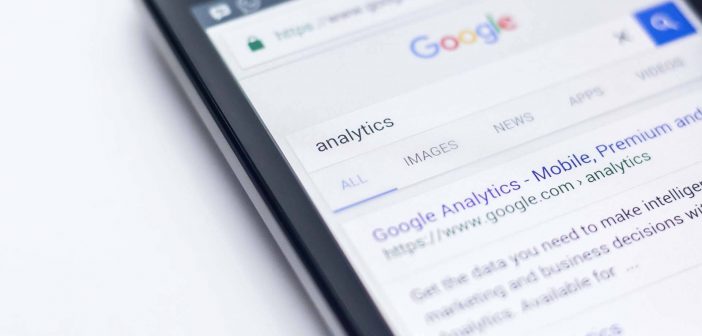Have you noticed how robots are becoming more involved with our daily lives by taking over many of the routine tasks? And, the robots are adapting to more complex tasks and even replacing humans, where creativity is required.
Experts are predicting that over the next 10 – 20 years machines will take over 80 million American jobs and 15 million British jobs or about 50% of the workforce in each country. In the past the jobs being replaced were manual tasks. Today jobs being replaced require thinking. An Oxford University study quoted by Yahoo says the jobs at risk of being replaced by robots include loan officers, receptionists, paralegals, sales people, drivers, security guards, fast food cooks, and bartenders. Of course, people have the ability to learn new skills which can keep them competitive, so there may be few jobs added to the unemployment list.
When a customer of AT&T purchases a new service or renews an existing service, they receive a text from AT&T which asks them questions regarding the level of service for the transaction. After each answer, they respond based on the customer’s answer. Sounds something like what we do when we are networking doesn’t it? That computer response could be called a rudimentary form of Artificial Intelligence (AI). AI can be defined as an area of science making computers do things that require intelligence when done by humans such as learning, game playing or speech recognition. Have you noticed that most smart phones now have an app for voice recognition so you can talk to your phone and immediately have the information translated to the written form?
There are a number of branches of AI including logical, search, pattern recognition, learning from experience, planning, and common sense knowledge and reasoning, which is one of the more difficult. English Mathematician Alan Turning began work on intelligent machines after World War II and focused on programming instead of mechanical processes. Work has progressed slowly because even though computers have great capability, human intelligence is very complicated. One of the first expert systems was MYCIN in 1974 which diagnosed bacterial infections of the blood and made recommendations.
Today there are many high tech giants involved in AI research such as Google, Microsoft, Apple, and Facebook, who announced an AI partnership established to study and formulate best practices on AI technologies. IBM and Elon Musk are also working on projects.
So, how does that relate to networking? Suppose you are at a chamber of commerce meeting or a networking event and you meet someone who has expressed interest in how you are helping others, but the time was very limited. Instead of sending them to a website, what if you could give them a phone number that used AI to do much of the preliminary question/answer sessions to determine if you should meet face to face. Or, If you receive a number of calls from ads you placed or employment inquiries and AI could eliminate your spending a lot of time on people that was unproductive.
Have you been thinking about becoming more productive in 2017? In part II we will drill down with specific examples where your networking can become much more efficient by using artificial intelligence.




